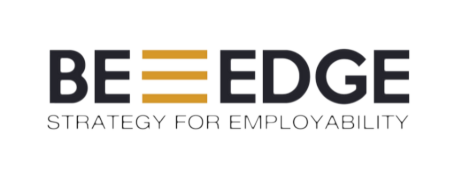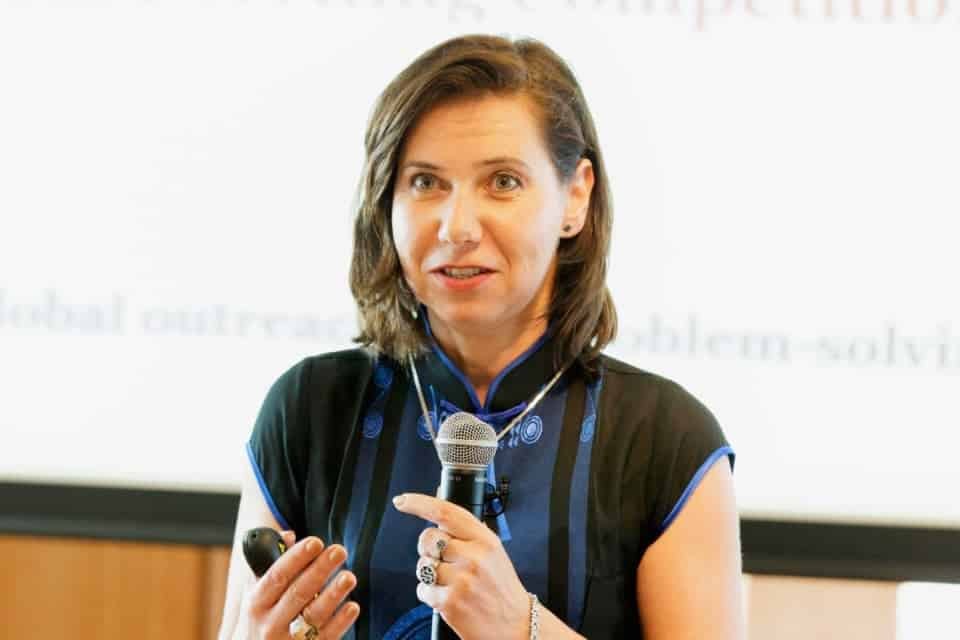CEO World: Julia Ivy on Synchronizing Companies’ Competitive Strategy with Built-in Employability of Their Employees FOR EMPLOYERS
Companies that honor the competitive strategy of “built-in employability” are able to recalibrate for fast recovery, and even growth, in times when the economy struggles. These companies know to turn to the vast reserve of internal talent represented among staff impact to their competitive strategies.
Built-in employability celebrates the culture of “making your case for shaping your space.” It allows them to apply the array of skills and talents that they have accumulated from their previous jobs, hobbies or experiences for designing their own unique space in the company. In companies with an internal strategy for built-in employability, employees feel empowered to utilize their distinctive body of knowledge to provide novel ideas and problem-solving abilities across the organization where they can make a difference.
Especially in this time of crisis and dramatic change to normal business operations, companies can utilize the concept of built-in employability among employees to unleash new, creative and innovative approaches that will better position the organization for relevance and survival.
The inherent value in built-in employability rests on four pillars:
- We are multidimensional.
Employees may be given the title of “accountant,” or “salesperson” or “administrator,” but none of the people in these roles are one-dimensional. No employees should be compartmentalized or limited to applying only those skills applicable to the job at hand. Employees bring with them a diverse skill set that extends beyond their job descriptions. They may have passions and capabilities developed from previous careers that entailed a dramatically different professional environment. They may have experience operating in emerging economies, as a professional athlete, or in an entirely unrelated industry that give them unique perspectives they can contribute. Taken together, the personal, social, and professional capital of multidimensional employees can be a resource as companies develop new products or services, or ways of operating, communicating, or problem-solving.
For example, a project manager may have former military experience that involved deployment in a remote part of the world. His experience can lend itself to teams who are now working virtually. - We rely on employees’ creative edge.
Converting the stockpile of employees’ multidimensional capital into an asset and a source of increasing the company’s competitive edge can be accomplished by institutionalizing ways to solicit and implement their winning ideas. Managers must regularly share company challenges and ask employees to present proposals that can help solve them.
For example, a security guard employed by a now-shuttered historical museum solves the museum’s challenge of keeping patrons engaged during the coronavirus epidemic by acting as a tour guide via Twitter. - We invite “Make Your Case” proposals.
When companies face a pressing challenge, instead of bringing in consultants to find answers, they start by activating their own staff to offer solutions. This can be formalized through Make Your Case initiatives. Such initiatives provide a canvas for employees’ problem-solving contributions. Proposals can come from individuals or small teams. The company lays out the context and criteria in a way that standardizes submissions.
For example, an employee with long-standing experience in video gaming proposes an innovative and virtual outreach campaign to involve teens in the company’s product in her Make Your Case solution to tap new audiences in this time of social distancing. - We welcome staff to “shape their space” within the company.
Employee-proposed solutions to critical company challenges offer value through fresh ideas that have often been field-tested in other contexts. These solutions also showcase employees’ built-in employability as their involvement in finding and implementing innovative solutions broadens their role in the company. By inviting employees to express their original ideas and define a course of action, they’re provided a stepping-stone for shaping their unique and valuable space within the company.
For example, a team of employees proposed a solution to the company’s canned customer messages for keeping clients informed during the pandemic’s shelter-in-place requirements. Their experiences with posting inspirational YouTube videos online led to a campaign of rousing videos about what employees were doing to help with organizational outreach efforts in their communities. They worked directly with the marketing and communication team to help keep the company top-of-mind among customers.
Using the four pillars of built-in employability, companies engage their diverse staff to generate value by applying their multidimensional expertise in Make Your Case initiatives. At the same time, employees craft their space in the company as they’re given a chance to showcase their capabilities. They feel a sense of ownership as they identify and implement valuable solutions to pressing company challenges.



